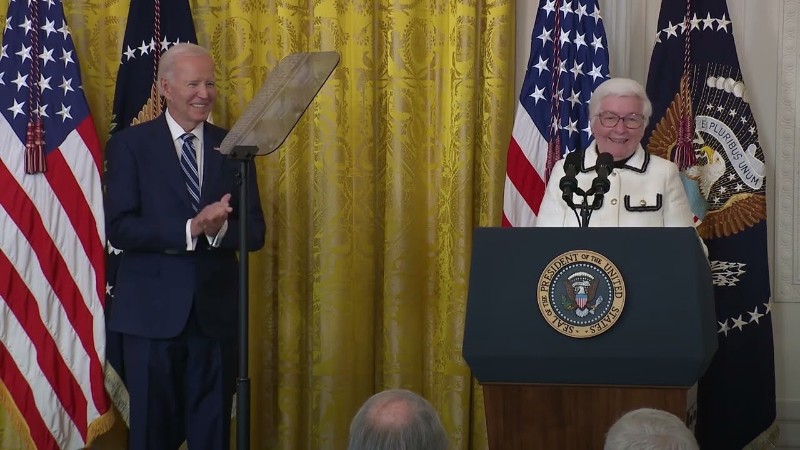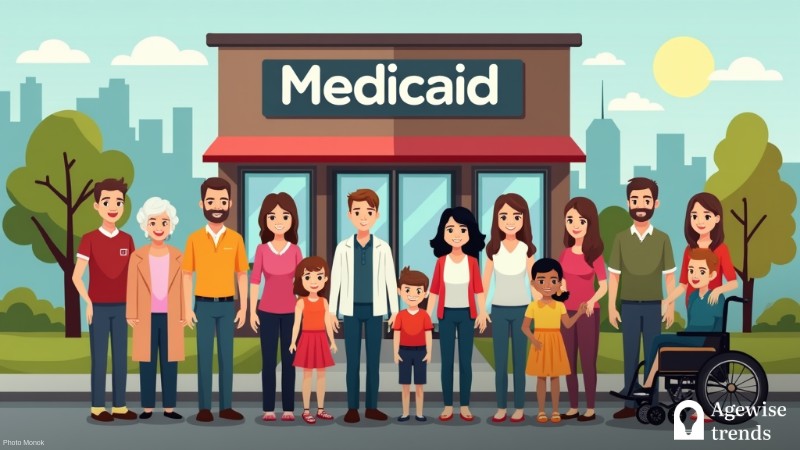The Trump administration’s decision to temporarily freeze federal grants and loans sent shockwaves across multiple sectors, triggering concerns about the stability of essential public services.
Announced in January, the directive was intended to ensure compliance with recent executive orders while excluding programs like Social Security, Medicare, and Medicaid. However, widespread technical failures caused immediate confusion, leaving healthcare providers unable to access Medicaid payment portals in all 50 states.
Key Takeaways
Trump’s decision to temporarily freeze federal grants and loans caused widespread chaos across multiple sectors, sparking concerns about essential public services.
- A federal judge issued an emergency injunction blocking the directive, ensuring existing programs would continue receiving funds while the legal implications were reviewed.
- The administration’s abrupt rollout of the policy change led to technical failures, leaving healthcare providers unable to access Medicaid payment portals in all 50 states.
- States scrambled to assess the impact on critical services and filed lawsuits against the administration, arguing that the executive order exceeded presidential authority.
Medicaid disruptions spark uncertainty
Despite assurances from the White House that no Medicaid payments were delayed, the sudden system failures raised alarms. Many healthcare facilities rely on uninterrupted federal funding to maintain operations, and the unexpected disruptions created financial uncertainty. With more than 72 million Americans enrolled in Medicaid, the inability to process payments raised immediate concerns about healthcare access for vulnerable populations.
State officials rushed to assess the impact on critical services, as the National Association of Medicaid Directors warned of serious risks for millions relying on the program. The OMB later confirmed Medicaid was exempt from the freeze, but payment systems remained down for days, offering little immediate relief. Poor communication between federal agencies and states only heightened frustration and uncertainty.
Federal judge blocks freeze as states push back
With the funding halt threatening essential services, a federal judge issued an emergency injunction temporarily blocking the directive. The ruling ensured that existing programs would continue receiving funds while the legal implications of the freeze were reviewed. The court’s decision was widely seen as a necessary safeguard against potential harm to healthcare and education programs that rely heavily on federal assistance.
The administration defended its initial decision, stating that the freeze was not meant to disrupt services but rather to assess federal spending priorities. However, the abrupt rollout and its widespread impact underscored the risks of sweeping policy changes without sufficient preparation or communication. The backlash was not limited to Medicaid concerns, as state officials in California and other regions voiced alarm over how the freeze could affect a range of federally funded initiatives.
#BREAKING: We’re co-leading 23 AGS in a lawsuit to block President Trump’s reckless, illegal OMB directive.
I will not stand by while POTUS attempts to disrupt vital programs that support California families, fund disaster recovery, and so much more. https://t.co/MCZQKGTMjB pic.twitter.com/jN5GP4HWiE
— Rob Bonta (@AGRobBonta) January 28, 2025
California Attorney General Rob Bonta was among the most vocal critics, warning that halting federal grants and loans risked disrupting vital programs, from healthcare to infrastructure. Many state officials expressed concern that sudden policy shifts could create long-term instability, complicating efforts to maintain critical services for residents who rely on consistent funding.
States file lawsuits over funding halt
California, along with 22 other states, took legal action against the administration, arguing that the executive order exceeded presidential authority. The lawsuit contended that withholding funds already approved by Congress represented an overreach that jeopardized state programs and undermined financial stability. Officials accused the administration of failing to provide adequate guidance on how the freeze would be implemented, leaving states scrambling to assess the potential impact.
Beyond the immediate disruptions, the legal challenge underscored broader concerns about executive authority over federal spending. State leaders emphasized the need for greater collaboration between federal and state governments to prevent future disruptions. Illinois Governor JB Pritzker pointed to the uncertainty caused by the freeze as a key example of why clearer communication is needed from Washington.
The court’s ruling offered temporary relief, but concerns remained about future policy shifts. Sudden federal actions exposed the risks to state-funded programs, highlighting the need for better coordination.
Although Trump’s administration reversed the freeze, the controversy fueled debates over federal funding authority. States continue pushing for financial stability, increasing pressure on policymakers to prevent similar disruptions.














